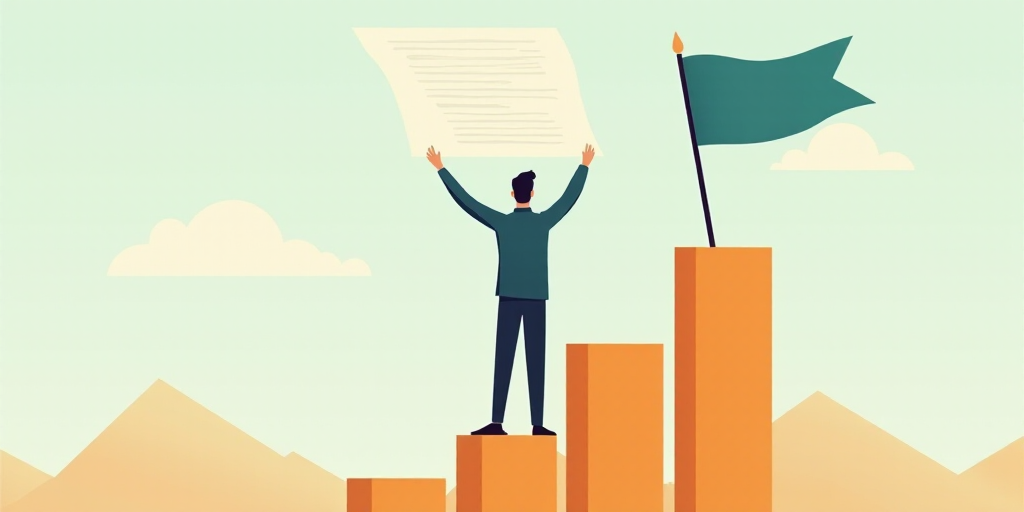Introduction
Contrary to popular belief, democracy is not just about conducting elections or ensuring peaceful transitions of political power. At its core, democracy lies in the duty of elected representatives to address the fundamental needs of all citizens, especially those who are marginalized and vulnerable, regardless of their political or religious affiliations. Reducing poverty and fostering inclusive development are crucial for fulfilling this democratic responsibility.
Understanding Poverty
Poverty is more than just a lack of income and access to basic needs; it denies individuals their dignity, hinders social mobility, and prevents full and equal participation in society. As such, poverty reduction serves as a valuable indicator of a government’s accountability.
India’s Poverty Reduction: A Case Study
Under Prime Minister Narendra Modi’s 11-year tenure, India has experienced rapid economic growth. However, the question remains: Has this growth been truly inclusive? Has it significantly improved the lives of the most disadvantaged?
The Rangarajan Poverty Line
In 2014, a group of experts led by former Reserve Bank of India governor Chakravarthi Rangarajan introduced a new poverty measurement tool, known as the “Rangarajan Poverty Line.” This metric is valuable for evaluating India’s progress due to its three key features:
- Modified Multiple Intermittent Reference Period (MMIRP): This method uses detailed data on spending across a wide range of goods and services to accurately capture consumption patterns.
- Rangarajan’s alimentary component: It adheres to dietary guidelines from the Indian Council of Medical Research, ensuring that the poverty threshold reflects basic nutritional needs.
- Urban poverty line by Rangarajan: It gives due importance to essential non-food expenditures, such as education, housing rent, transportation, fuel, and healthcare. Data from the State Consumer Price Index (CPI) is used for each component to account for food and non-food inflation and estimate poverty levels over time. Consumption data is based on robust, nationally representative data from the National Sample Survey Organization’s Household Consumption Expenditure Surveys of 2011-2012 and 2023-24.
Poverty Reduction in India
The analysis reveals a significant decrease in poverty over the last 12 years, with rural, urban, and national poverty rates converging around 3.9% in 2023-24, down from 30.4%, 26.4%, and 29.5% in 2011-2012, respectively. In absolute numbers, 302 million people have been lifted out of poverty in India over the past 12 years.
The data also shows substantial poverty reduction in religious communities, particularly among India’s two largest groups: Hindus and Muslims. In rural areas, the poverty rate among Muslims was 31.7% in 2011-2012, slightly higher than the 30.9% among Hindus. By 2023-24, this trend had reversed, with rural Muslim poverty rates falling to 2.4% and Hindu rates at 4%.
Urban areas saw similarly significant changes. In 2011-2012, 39.4% of urban Muslims lived below the poverty line, compared to 24.4% of Hindus. By 2023-24, the poverty rate among urban Muslims had dropped to 5.7%, while Hindu rates fell to 3.7%, narrowing the gap between them from 15 percentage points to just two.
Poverty Reduction Across Social Categories
There have been notable improvements in poverty rates across all social categories, including Scheduled Tribes (ST), Scheduled Castes (SC), Other Backward Classes (OBC), and the general category, which includes communities not classified under these categories. In rural areas, ST had the highest poverty rate in 2011-2012 at 49.5%, followed by SC and OBC. By 2023-24, the poverty rate among ST had fallen to 12.2%. In the general category, it dropped from 20% to 1.6%.
The gap between ST and the general category narrowed from 29.5 percentage points in 2011-2012 to 10.6 in 2023-24, while the gap between SC and the general category reduced from 17.4 to 2.6 percentage points, indicating greater economic inclusion.
Urban areas also experienced similar improvements. In 2011-2012, castes had the highest urban poverty rate at 39.6%, while the general category rate was 16.7%, a difference of nearly 23 percentage points. By 2023-24, the poverty rate among castes in urban areas had fallen to 6.6%, compared to 2.5% for the general category. During the same period, poverty among urban tribes and rural urban communities decreased from 38.2% to 9.9% and 30.4% to 3.6%, respectively.
Conclusion
The poverty reduction among all religious and social groups over the past decade reflects the combined effects of sustained economic growth and targeted social interventions. Despite political polarization episodes and persistent identity tensions, the data suggests a more inclusive development trajectory than generally recognized.
The poverty reduction among India’s urban Muslims, one of the country’s most disadvantaged religious communities, is particularly noteworthy. This indicates that government policies, both universal and targeted, have benefited individuals of all religions. Similarly, the reduction in the caste poverty gap reflects significant progress toward greater equality.
These findings suggest that Prime Minister Modi’s policies have benefited all segments of Indian society, not just some groups or political constituencies. The data supports the view that his economic policies have been broadly inclusive, leading to substantial well-being advances. By ensuring that all societal segments enjoy the benefits of growth, India upholds each citizen’s dignity and fulfills a fundamental democratic governance responsibility.
About the Author
Shamika Ravi is a member of the Prime Minister’s Economic Advisory Council in India.
Copyright: Project Syndicate, 1995 – 2025
www.project-syndicate.org






